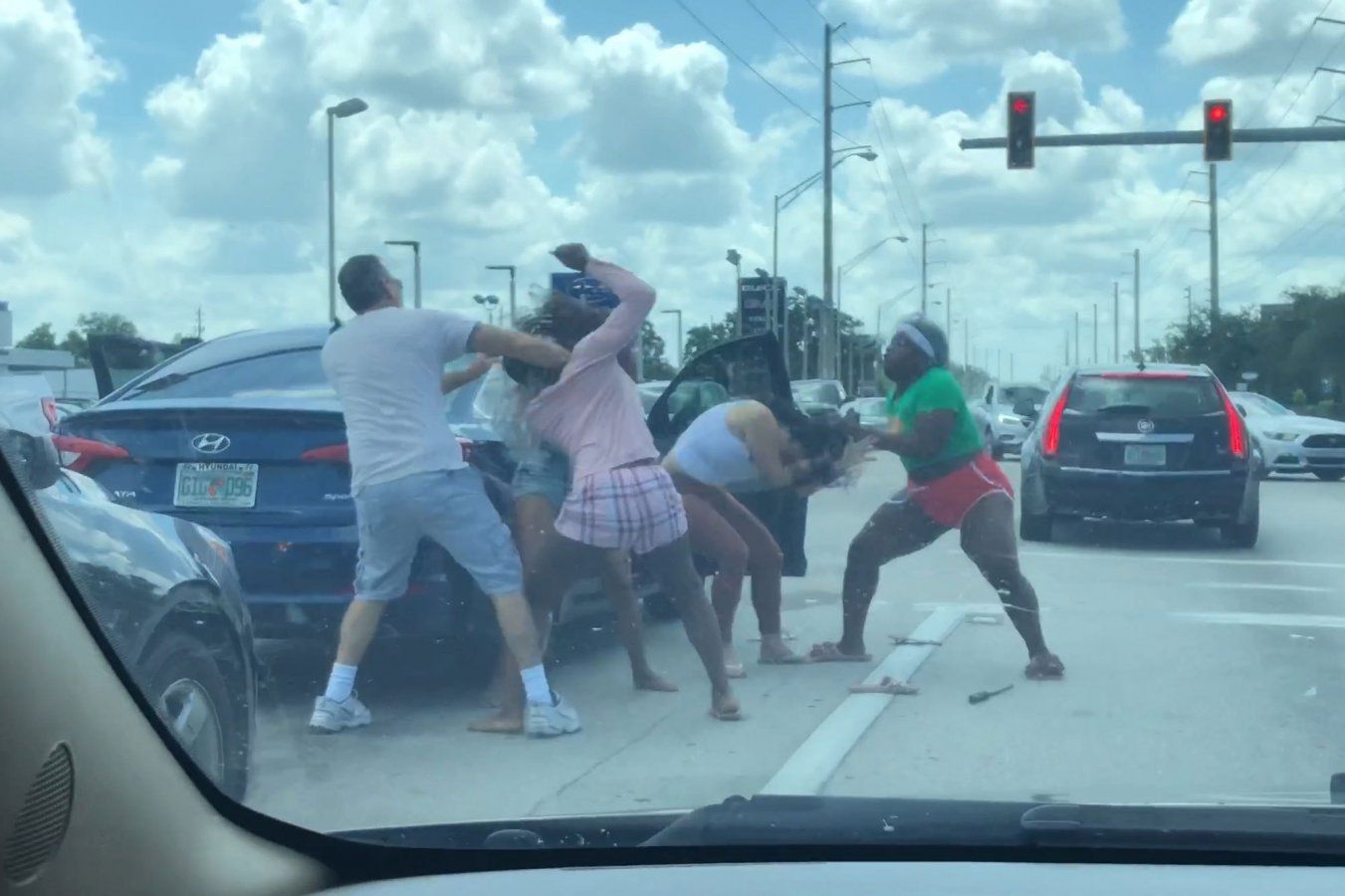Crawford Frazer
In 2010 alone, Pennsylvania police officers wrote 154,642 tickets related to aggressive driving and made hundreds of arrests, according to the Pennsylvania Department of Transportation (PennDOT).
In an effort to reduce injuries and fatalities that result from aggressive driving, PennDOT has been using federal funds for an initiative it hopes will cut down on aggressive driving — the PA Aggressive Driving Enforcement and Education Program (PAADEEP). PAADEEP targets specific roadways with a history of aggressive drivers. It’s been in place since 2006, according to PennDOT.
Defining aggressive driving
Just what is aggressive driving behavior? According to the National Highway Traffic Safety Administration, aggressive drivers are those who often:
- Run red lights.
- Tailgate other cars.
- Make fast and frequent lane changes.
- Neglect to pay attention to the road.
- Take out frustration on other drivers.
PennDOT adds two more criteria: drivers who pass illegally on the right, and those who fail to yield the right of way to oncoming vehicles.
When you’re in a hurry, you may not be thinking of the consequences of such actions. But if they lead to accidents, they can raise your auto insurance premium — and result in tragedy. One-third of traffic crashes (and two-thirds of traffic deaths) in Pennsylvania are the result of aggressive driving, according to PennDOT.
PA Aggressive Driving Enforcement and Education Project
PAADEEP is a coordinated effort between PennDOT, the U.S. Department of Transportation, state and municipal police and other groups. In 2011, police officers will beef up their watch efforts along roadways with a history of crashes from aggressive driving and be on the lookout for drivers who are:
- Speeding.
- Following too closely.
- Passing improperly.
- Running red lights.
Because PennDOT’s data suggest that motorcyclists and heavy truck operators often are aggressive drivers or victims of aggressive driving, officers will pay special attention to both vehicle types.
There’s also an education component to the program; new Pennsylvania drivers will receive special education about the consequences of aggressive driving through special presentations at their schools. “Survival 101,” for example, is a graphic multimedia presentation led by police officers who have seen the aftermath of aggressive driving accidents firsthand.
During 2011, the program will occur in “waves.” The first wave ended in March 2011, and the next wave (which also will focus on distracted drivers) is scheduled to run July 18 to Aug. 28, 2011.
